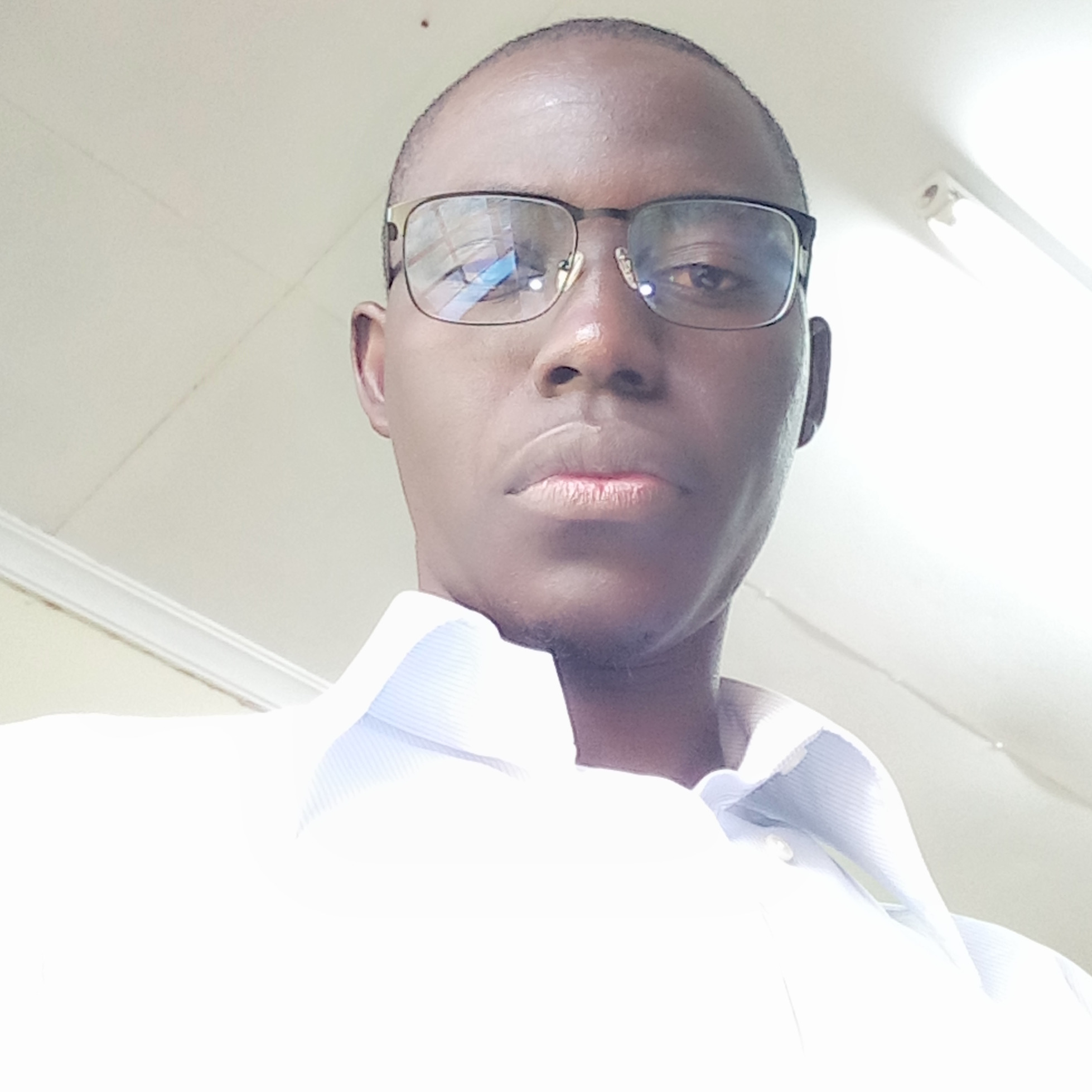Preprint
Article
Artisanal and Small-Scale Gold Mining in Syanyonja, Busia Gold District, South Eastern Uganda: Impacts on the Mining Population and the Environment
Altmetrics
Downloads
1056
Views
1018
Comments
0
Submitted:
26 October 2019
Posted:
27 October 2019
You are already at the latest version
Alerts
Abstract
Syanyonja village in the gold district of Busia, South East of the Republic of Uganda contain geologically epigenetic gold quartz vein deposits in carbonate-altered mafic metavolcanic rocks, deposited as quartz reefs in mineralized shear zones. In supracrustal rocks, alluvial gold is obtained from weathered auriferous quartz veins, which are of late orogenic granitic activity. The Syanyonja gold deposits have long been subjected to artisanal and small-scale gold mining (ASGM) by the locals for livelihood. This study determined the amount of mercury discharged with tailings into Namukombe stream, a major water body in Syanyonja village and investigated the impacts of ASGM on the mining population and the environment. Quantitation of mercury discharged with tailings was done by mass balance method. Field survey at the mining sites was done followed by administration of questionnaires to 50 stampeders in the village. The study indicates that about 8% of mercury mixed with auriferous materials are lost in tailings, accounting for an annual mercury release of about 1.757 kg into the environment. Socio-demographic results indicate that the majority of the mining population (64%) are male and ASGM have left health and environmental footprints, which directly or indirectly affects the population. The most common health problems among miners are malaria (36%) and abdominal pain (20%). The standard of living of the miners are evidently low, and most mines are characterized by school dropouts, prostitutes and thieves. Mining sites have deplorably poor hygiene, with evident burning of amalgams to recover gold. ASGM have been accompanied by wanton mowing down of vegetation, land degradation as well as mercuric pollution of water, air, land and aquatic ecosystems. It is suggested that the Ugandan government should re-enforce committees to follow up on ASGM activities, train artisans on sustainable gold mining using borax, magnets, sluice boxes as well as take up farming actively as an alternative.
Keywords:
Subject: Environmental and Earth Sciences - Geochemistry and Petrology
Copyright: This open access article is published under a Creative Commons CC BY 4.0 license, which permit the free download, distribution, and reuse, provided that the author and preprint are cited in any reuse.
MDPI Initiatives
Important Links
© 2024 MDPI (Basel, Switzerland) unless otherwise stated







